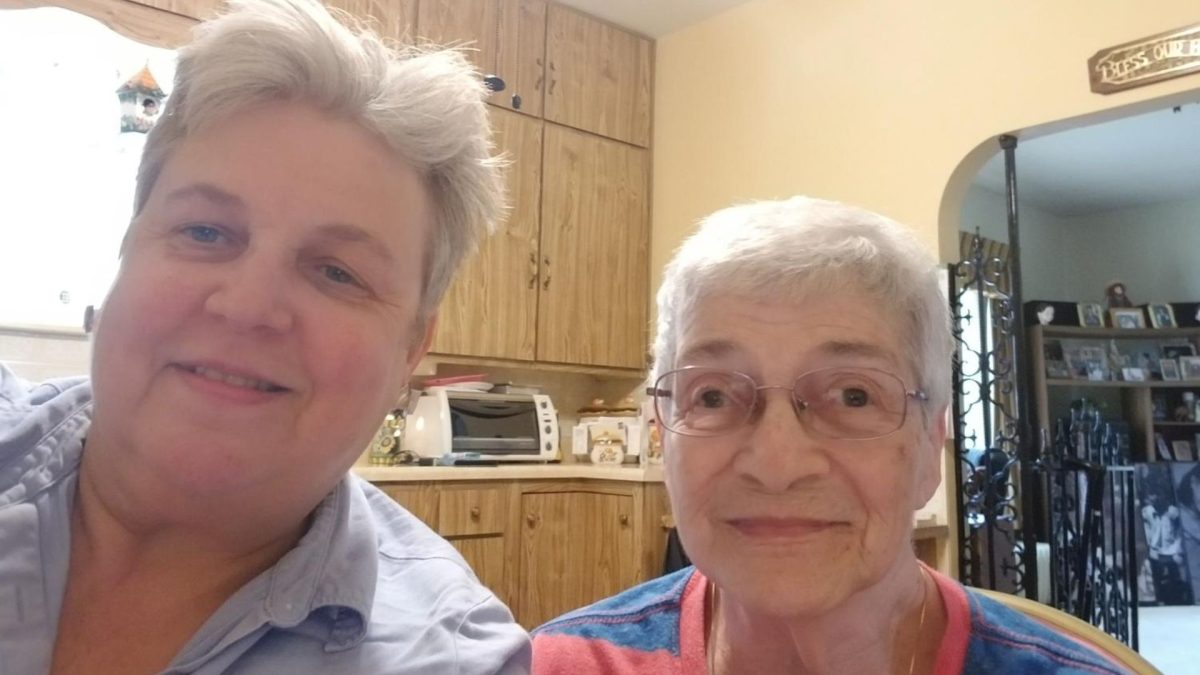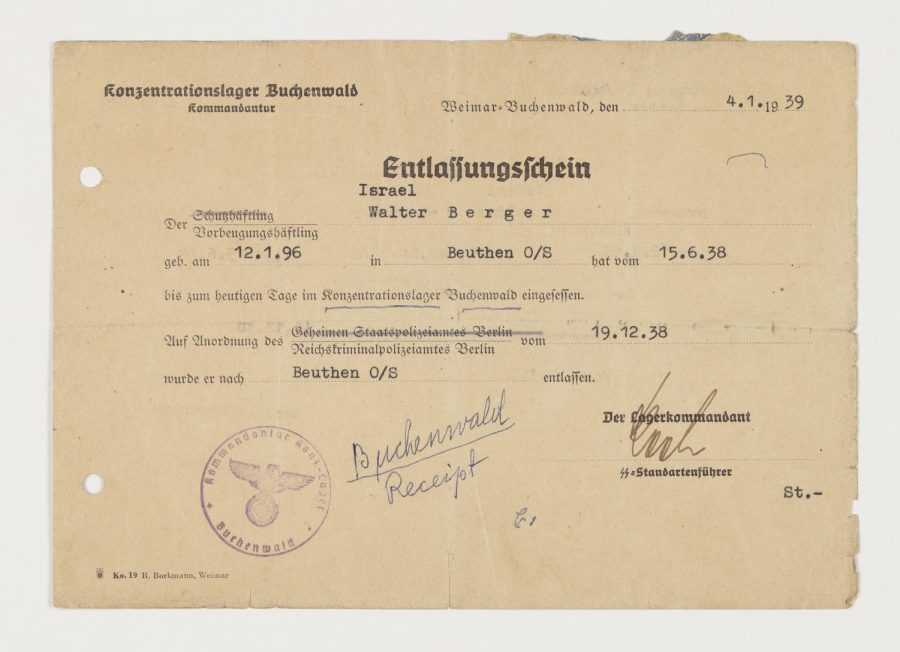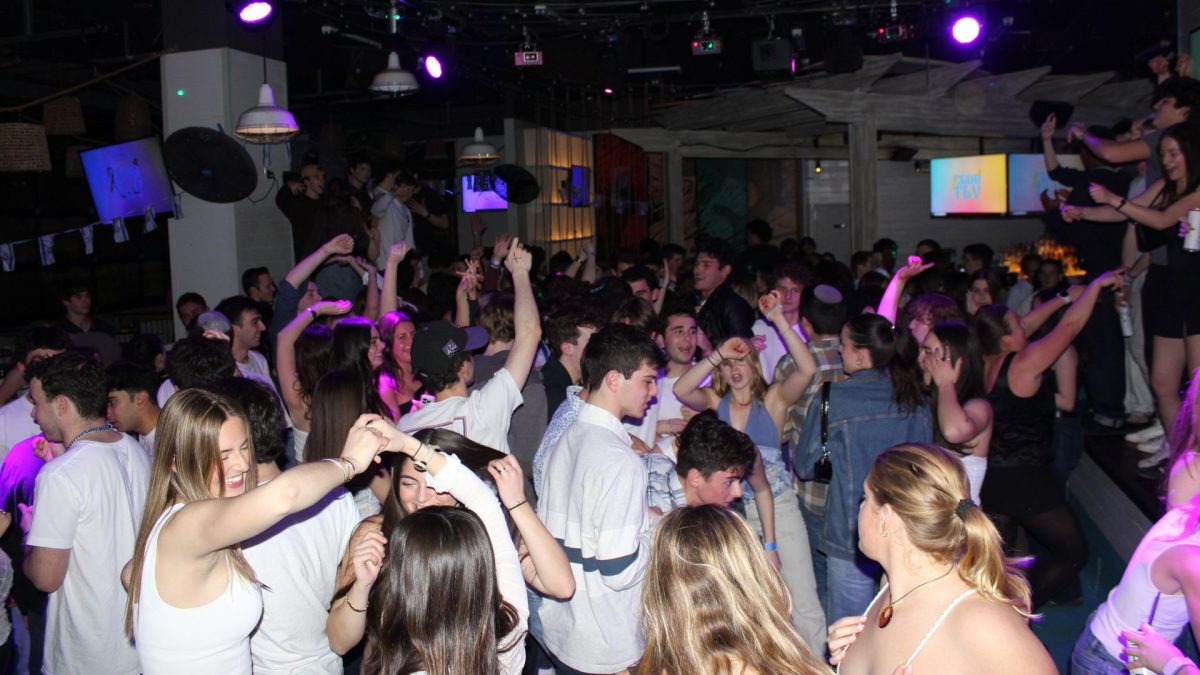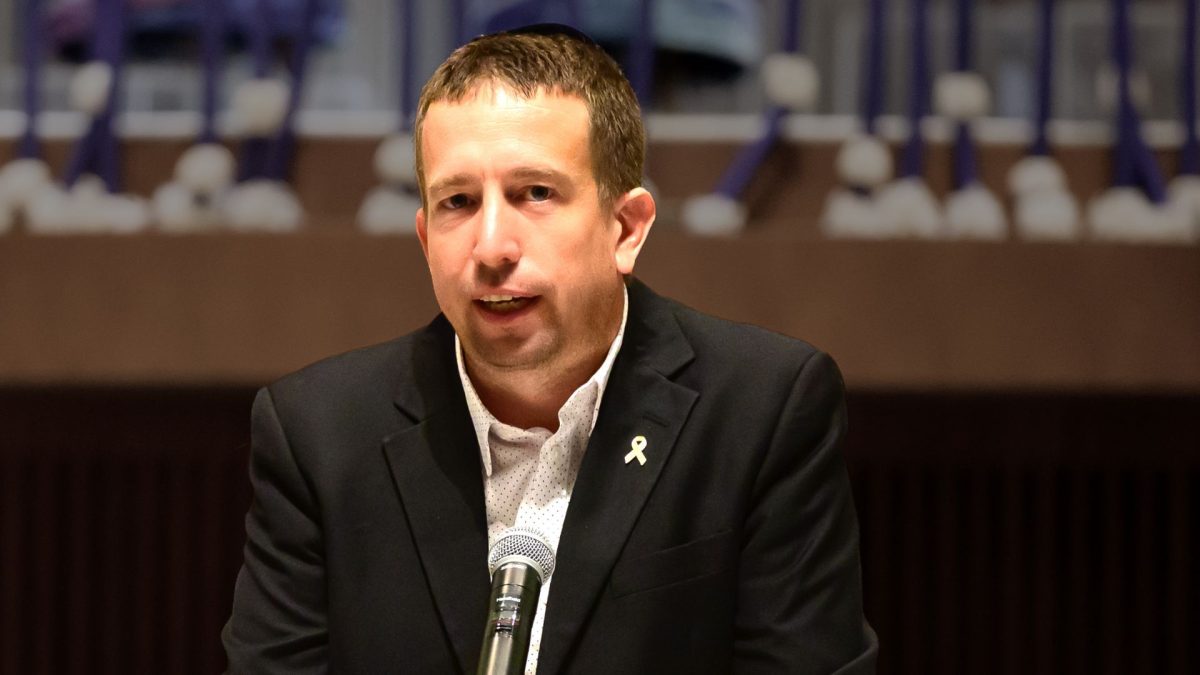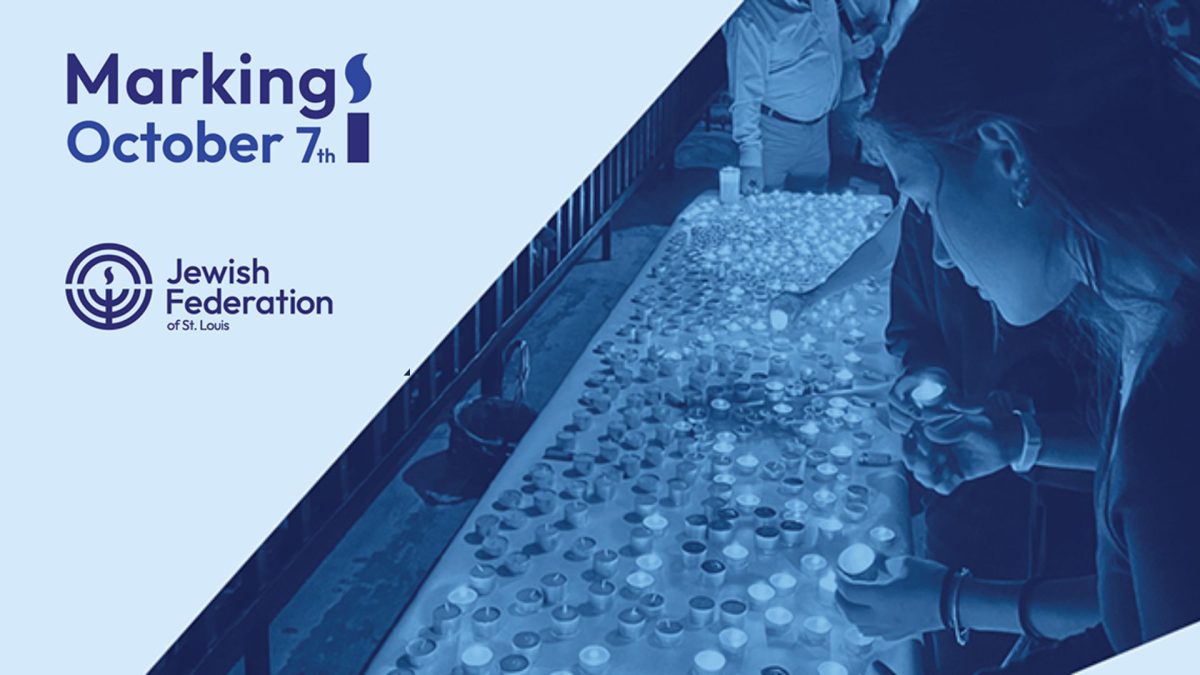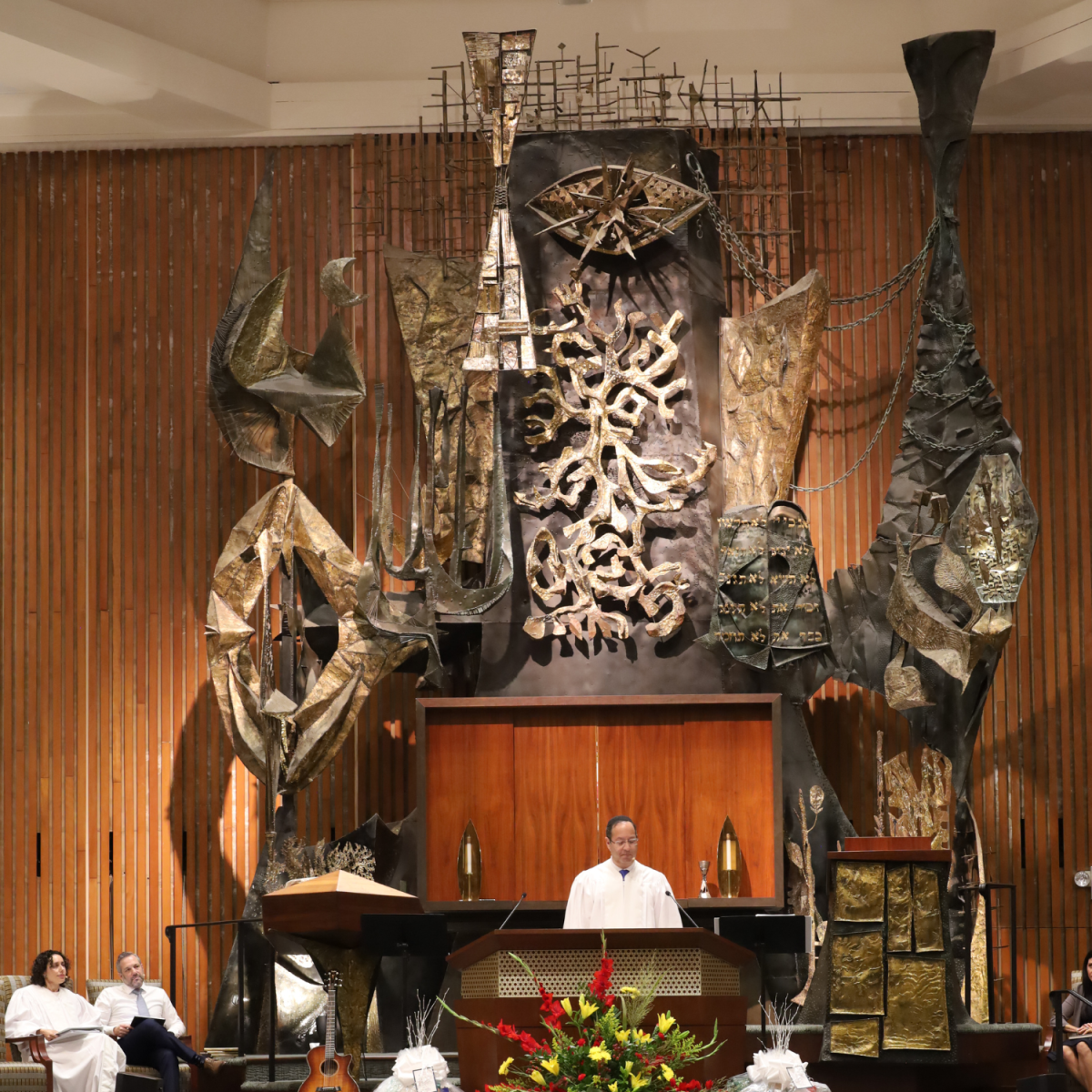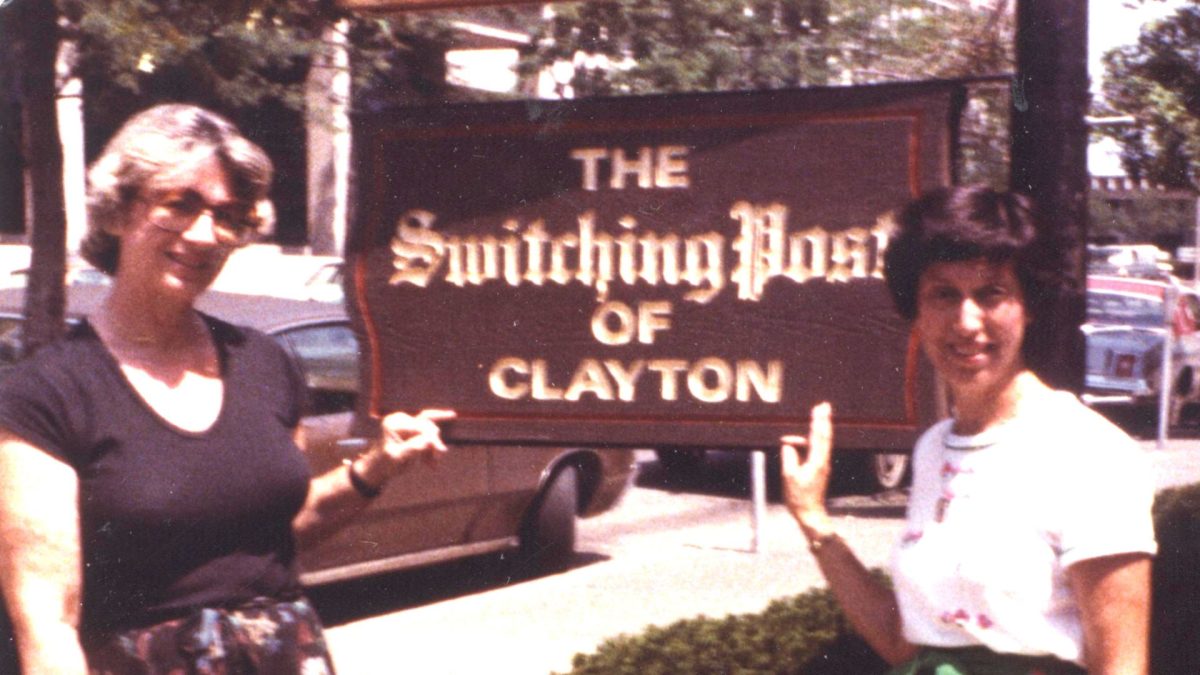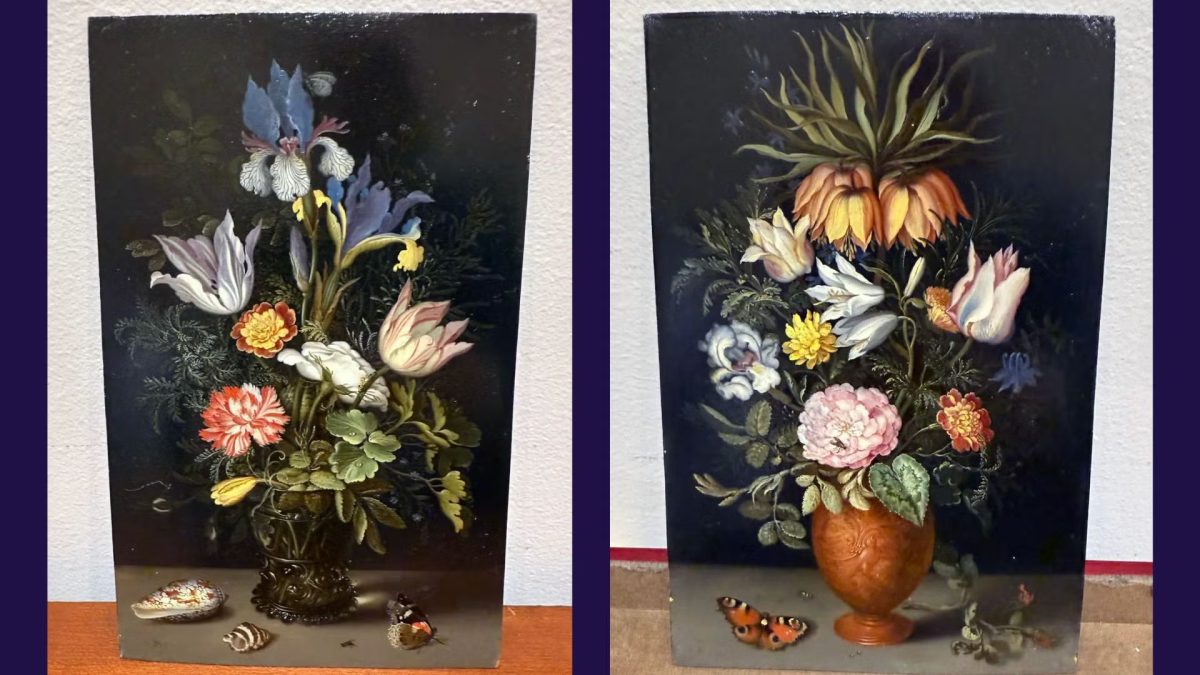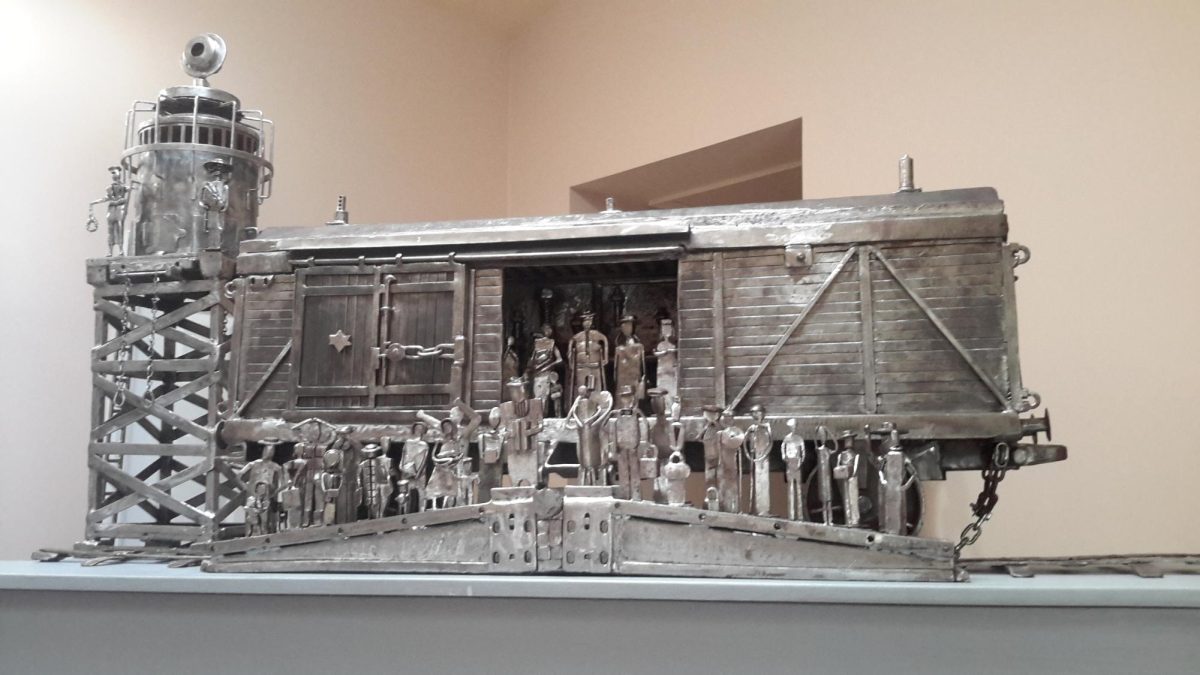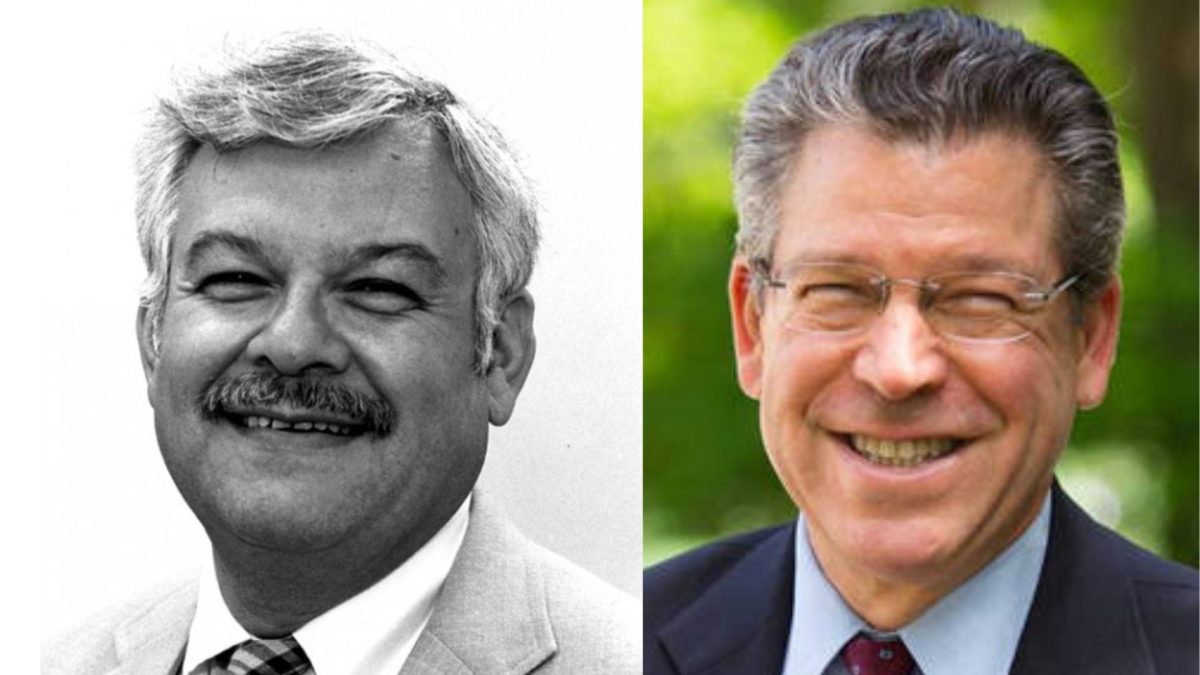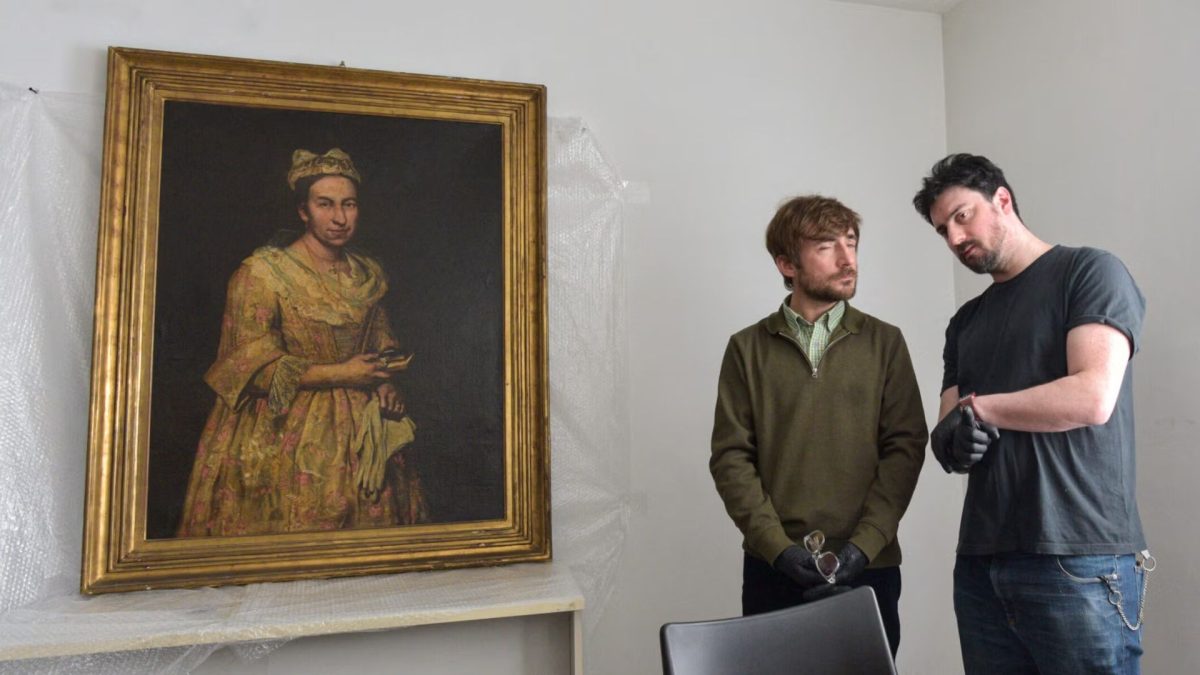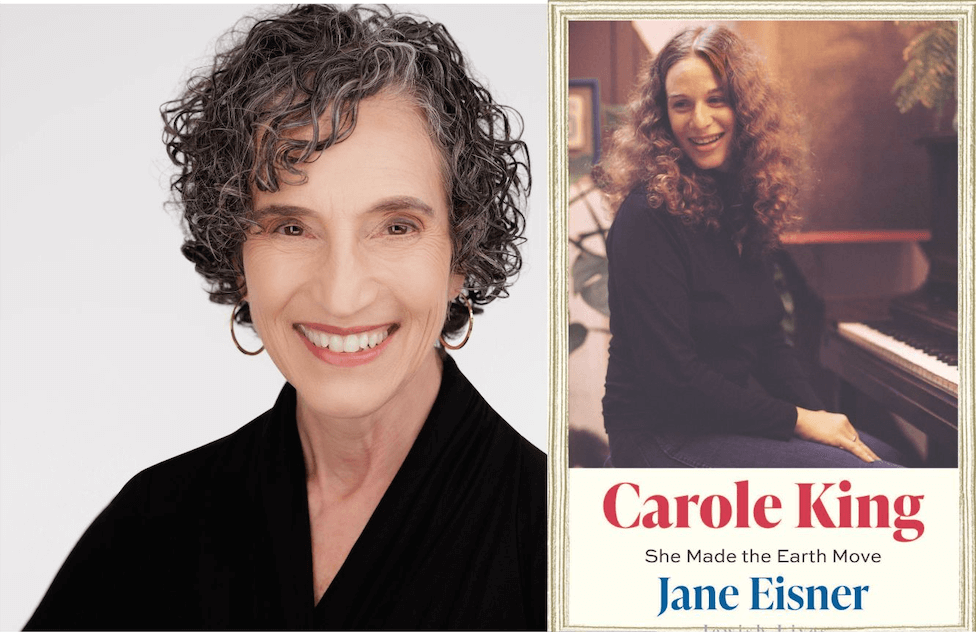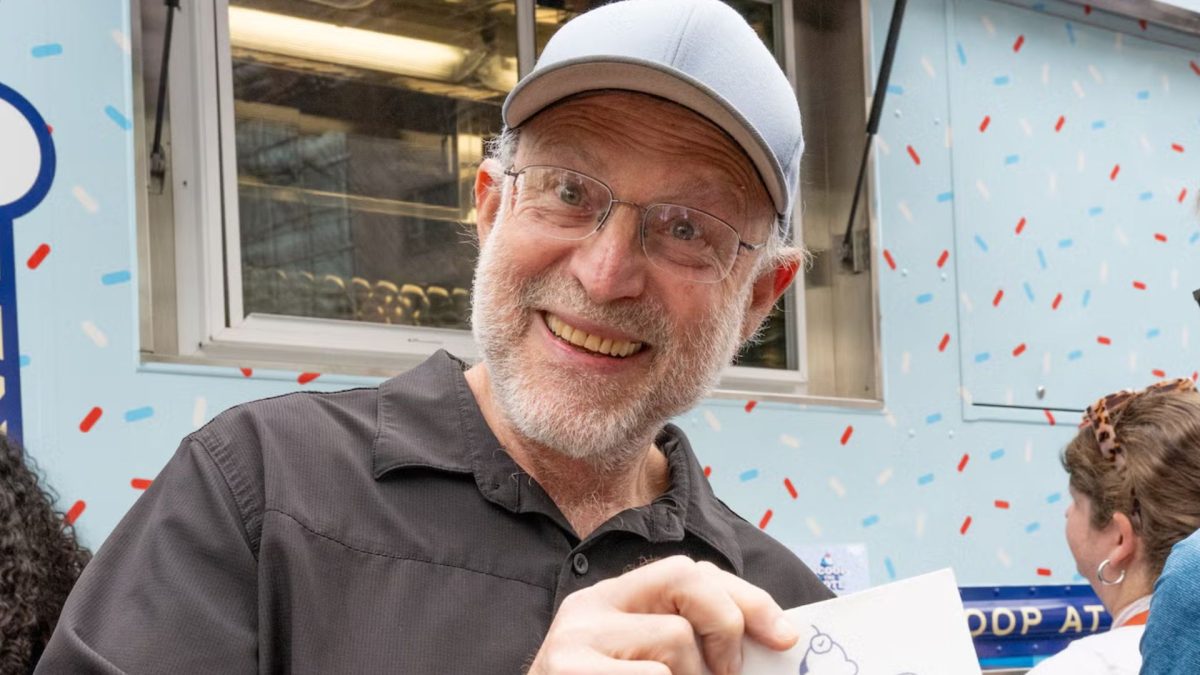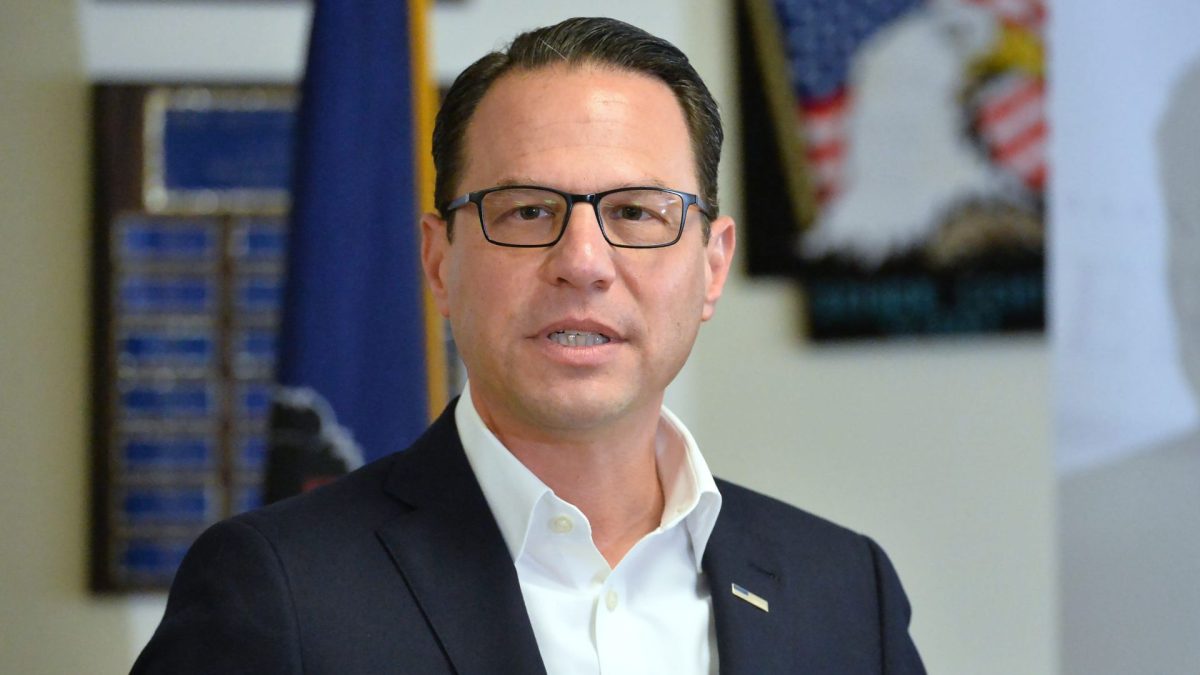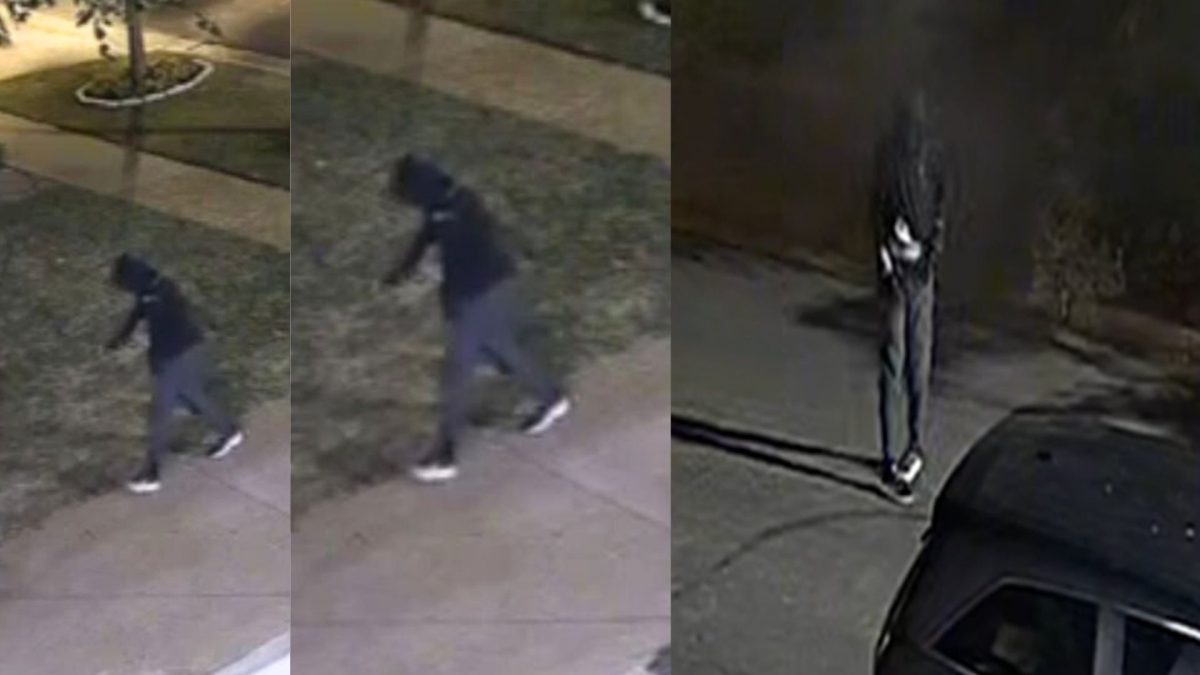When Lisa Johnson’s internship at The St. Louis Kaplan Feldman Holocaust Museum ended in 2022, she described her work as nothing short of a labor of love. As a undergraduate student at Webster University majoring in German, Johnson immersed herself in the museum’s archival work, particularly contributing to the English translations of German documents. Her work involved collaborating closely with museum staff, including archivist Diane Everman, who oversaw the Jewish Community Archives at the time.
A Second Act in German
Raised Presbyterian, Johnson began learning German at the age of 55, initially motivated by her love of German music. When Johnson began her project she expected a straightforward task of translating letters. However, she quickly discovered the complexity and depth of the material she was handling.
“I had no idea of the scope of what I would be looking at or the challenges I would encounter,” she said. “For instance, I had never heard of Jews fleeing to Shanghai.”
Johnson’s translation process involved meticulous work, from deciphering handwritten documents to consulting alphabet charts for unfamiliar characters.
“First, I look at the letters and try to make out each word, often sketching the word above the script. Then, I type out a modern German version and finally provide an English translation,” she explained.
Learning through Walter Berger
The Berger Burns collection tells the story of Walter Berger, who was released from Buchenwald Concentration Camp in January 1939. Like many others, Berger and his family fled Germany for Shanghai, one of the few safe havens for Jewish refugees at the time. Johnson’s work involved piecing together the lives of Walter and Else Berger through their extensive correspondence spanning from the early 20th century through the 1970s.
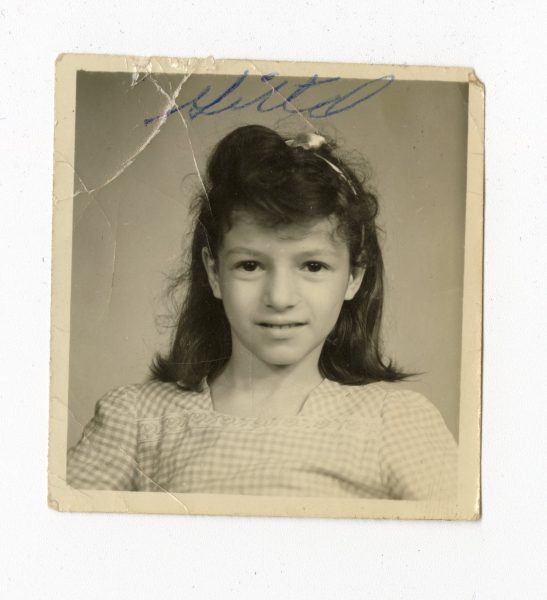 “Their daughter, Gittel, was a young girl when the war ended and she came to the U.S. Else died in the U.S. bombing of Shanghai, and Walter died in St. Louis in 1964,” said Everman. “Lisa’s work has helped fill in the gaps for Gittel and her family, bringing the lives of Walter and Else alive for them and the museum.”
“Their daughter, Gittel, was a young girl when the war ended and she came to the U.S. Else died in the U.S. bombing of Shanghai, and Walter died in St. Louis in 1964,” said Everman. “Lisa’s work has helped fill in the gaps for Gittel and her family, bringing the lives of Walter and Else alive for them and the museum.”
For Johnson, the experience was deeply meaningful. “Working directly and deeply with the Berger Burns collection has been the highlight of my studies in German. Accessing Walter’s world in his native language makes his story come alive on his terms,” she said.
A New Book and Event
ADVERTISEMENT
Johnson’s journey has culminated in the publication of her new book, “A Letter to My Family: A Journey through Persecution in Nazi Germany, Refuge in Shanghai, and New Life in America.” Told in the narrative form of a diary-like letter, it combines transcriptions of original German documents and letters, based on actual events.
On July 14, Johnson and child survivor Gittel Burns will be at Eden Seminary, where Burns will share her testimony. “I feel a fortunate witness to history and doubly fortunate to know Walter’s daughter, Gittel, and to call her my friend,” said Johnson. “Working in this capacity has been a life event for me. I have made new friends and gained a fresh appreciation of history coming alive.”



